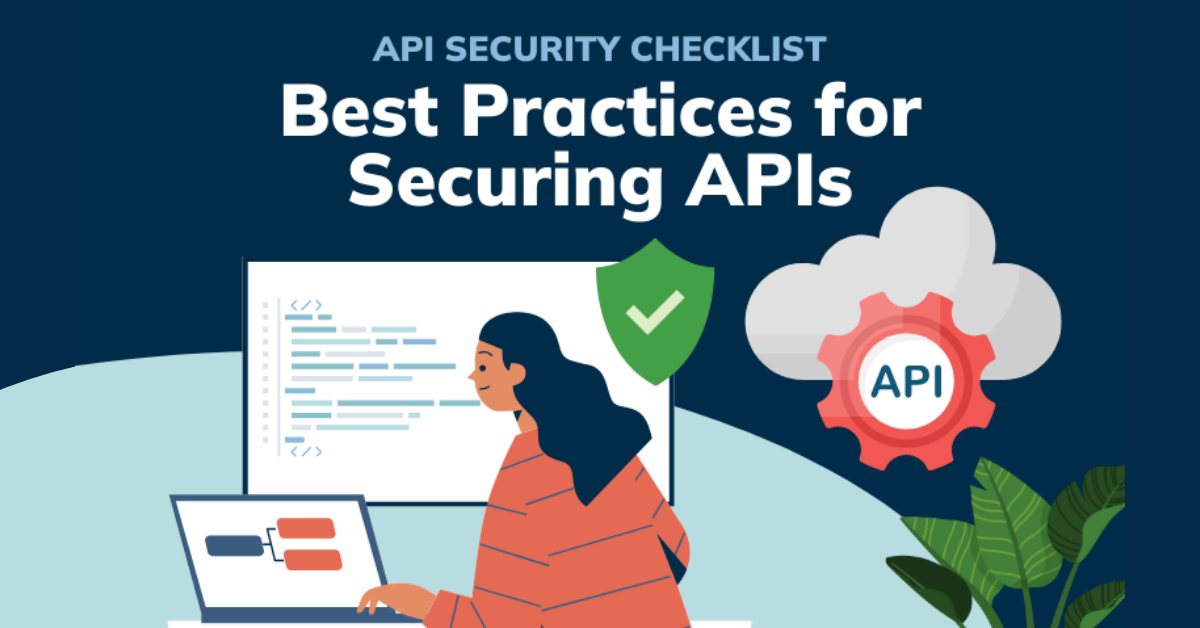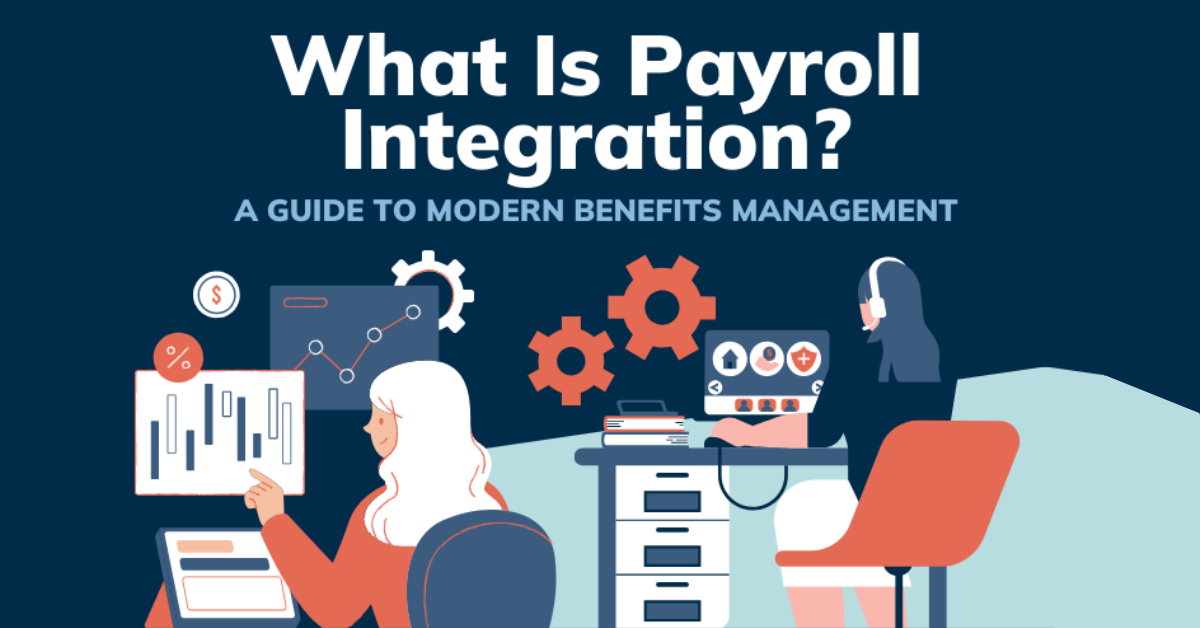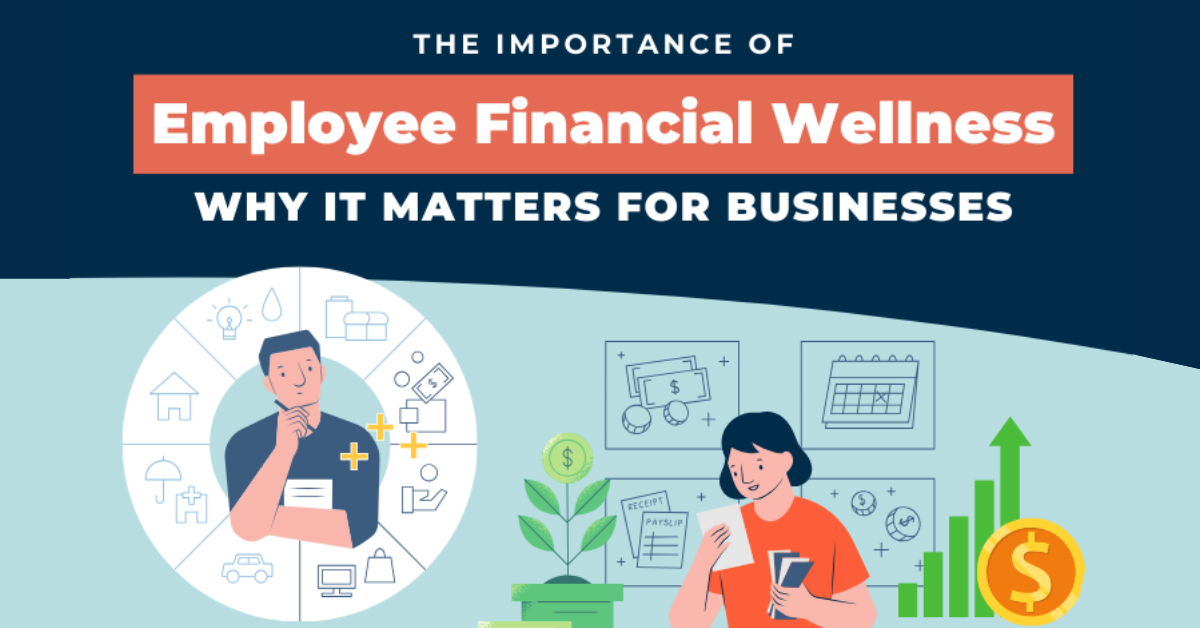What Is a Payroll API?: Examining the Benefits of Digital HR
Today’s age is one of complexity, of ‘Big Data,’ sprawling interconnected systems and the rapid digitization of any and all remaining analog systems.
Digital infrastructure growth defines innovation. Ubiquitous software platforms and tech solutions aimed at either collecting, creating, or tapping into existing data streams help organizations boost efficiency to heights unattainable in the recent past.
One of the key players in this burgeoning digital landscape are Application Programming Interfaces, or APIs. These interfaces coordinate and execute a staggeringly wide range of tasks in today’s world across the web, across all industries.
In the world of HR, Payroll APIs are a kind of payroll solution that allow for the management of all relevant systems in the administration of employee benefits and compensation, often automating processes so as to be more accessible, scalable, accurate and robust across sensitive data streams (such as from bank accounts).
Today, organizations seeking to stay competitive amidst a long ongoing labor crisis and skill shortage (particularly in the tech and engineering industries) need to leverage efficiencies to create better-administered and resourced HR teams.
A variety of factors—including a new, inflationary cost of living that was unthinkable just four years ago—has made attracting top talent (and retaining it) as difficult as ever.
It’s a challenge today’s employers should take seriously, especially in industries where the quality of product or service defines success (so, most industries).
In fact, according to a new study by Payroll Integrations and Dynata, today’s employees won’t even consider new job offers if they don’t include retirement plans (67%) and health insurance (65%).
To understand the benefits and opportunities of payroll APIs, however, there are some basic concepts to cover about APIs in general.
What exactly is an API?
APIs are a standard for differing digital systems to communicate with one another, sharing data such as Personal Identifiable Information (or PII), logins, encrypted information, and otherwise restricted content in a way that meets agreed-upon standards such as HTTP (HyperText Transfer Protocols, which most will recognize as the beginning of common web addresses).
In general, APIs provide a programmed way for systems to interact with one another. What they actually do, the type of information they will specialize in and the systems involved in any given communication depend on the desired application.
Online and for web development, communications occur between varying servers and websites.

For applications and application developers, APIs will work with system or service ‘calls,’ while hardware development will leverage APIs to enable specific hardware functions.
APIs can be broken up into several different typologies. For example, they can be either private, public or third-party. They can involve differing general development and implementation approaches, such as API-First, API-as-a-Product, Design-First, and OpenAPI.
Whatever their type, they will generally operate on similar principles, especially within similar application sets (web vs. application, etc.).
A look at API processes and standards
API’s make a request, which is simply any system-to-system ask to share information. An API will ‘stop’ this request at a gateway so that it can engage in authentication and authorization.
In this context, authentication refers to an effort to identify the requesting entity. Methods for doing so include OAuth tokens and JWT (JSON Web Tokens), both of which are types of authorization tokens. Once authentication and authorization are complete, the specified information request is granted at the correct access level.
That last bit is incredibly important: authorization tokens determine the level of access, differentiating one user from another (such as a customer vs. an employee). If you think of any time Windows informed you of needing ‘Administrator Privileges,’ you had an insufficient access level.
Authorization methods can include Attribute-Based Access Control (ABAC), Role-Based Access Control (RBAC) and Privileged Access Management (PAM).
APIs limit the number of requests made of them to prevent shutdown (and, de facto, a certain type of cyberattack designed to overwhelm a system) by throttling requests (e.g., slowing them down or denying them).
They protect data by encoding it via encryption methods such as Transport Layer Security (TLS) and validate that any received data meets standards while keeping track of system usage via logging and monitoring.
A key benefit of APIs that encompasses all of these concepts is standardization.
All APIs adhere to standards such as Representational State Transfer (REST), Simple Object Access Protocol (SOAP), GraphQL and several others (WebSocket, gRPC and MsgPack) often transmitted via (e.g.) HTTP.
Each one of these concepts functions together to form a greater whole: a secure, efficient, and accurate software communication platform.
Bringing it all together: a practical example
You can think of it like a transaction at any ATM. Interfacing with the ATM implies the desire for a transaction (this is our request). Yet, before a transaction can occur, you need to provide login credentials to get past the ATM’s gateway (i.e., undergo authentication); your identifying information—such as a username, password, or pin—serves as your authorization token.

Once those credentials are received and verified, the bank provides you with requisite access to fulfill your request for funds—or in the case of an actual web transaction, your information request is approved.
Behind the scenes, should anyone attempt to compromise a bank’s online systems, rate limiting, throttling, data encryption, validation processes, and logging and monitoring all help to ensure both security and a fully auditable, searchable database of every entity that has interacted with the system.
Note that—to increase security—a bank would not use a common standard for its APIs (such as REST or SOAP), but a proprietary one.
That said, there are identifiable standards for financial transaction messaging such as the internationally recognized ISO 8583. This is an example of how APIs can be built to specific purposes and needs.
Yet, how exactly does all of this apply to HR’s payroll woes?
Where payroll and APIs meet: payroll API integrations, types and functions
As we’ve learned, an API is a way to communicate between systems via request, authentication, and authorization processes that result in information sharing that is built for a specific purpose.
When built for completed payroll, an API is simply specialized in the administration (and, effectively, automation) of common HR processes concerning the administration of employee pay and benefits. It can be an essential tool in the greater organizational process of building payroll. Pretty simple, right?
As a group of related solutions, there are several common payroll API functions tied directly to key payroll concepts. Those concepts range anywhere from payroll processing to payroll data, time tracking, benefits administration, tax filing, time and attendance, auditing, security, direct deposit, reporting and compliance.

For example, reports, compliance, tax filing and auditing payrolls is a costly, time-consuming, and error-prone process when done traditionally (i.e., through primarily manual means).
Worse, recent research has found that among employers, 50% reported a single mistake taking a week or more to fix (while another 17% reported three-to-six days).
With a payroll API designed to handle those functions, HR departments can be assured that they’re not only being handled on time, but accurately, and with the ability to produce a report whenever needed to track key employee data.
Yet, in order to provide those essential functions, an API needs a relatively high level of access and integration. That’s because what functions any given API is allowed to perform will depend upon how much of that access the API has to relevant systems and data that it is integrated with.
In other words, how integrated an API is with every relevant system at an organization—regardless of the number of differing software platforms—has a direct influence on how functional, robust, and ultimately effective it can be.
How Universal Payroll APIs boost today’s HR teams
A Universal or Unified Payroll API refers to a more flexible, scalable, real-time, and robust iteration of a payroll API’s functionality.
While a standard payroll API might bring together communications between two integrated systems, a universal payroll API brings together a much wider and more easily integrated range of differing inputs (e.g., requests for information) across systems and platforms to provide outputs (authorizations) under a single, unified, and ultimately more secure standard.
This prevents clients from having to work to integrate each individual system in-house (which is invariably costly and time-consuming) while providing a more user-friendly experience, with major implications for how simplified, streamlined, and effective employee payments administration can be.
This is a worthy investment for organizations that have yet to upgrade even if they already have an existing, traditional software solution since research has found that over half of employers still spend anywhere from 11 to over 20 hours on administrative tasks related to payroll software and benefits management per week.

With a universal payroll API solution in hand, your new payroll system will have integration and access with every other relevant system at your organization and be up and running both more quickly and cheaply.
That means that no matter what you need to administer—from retirement to tax-advantaged accounts (such as HSAs) to benefits administration and tax compliance—will be handled accurately, easily, on time and to any required standards, especially with the right partner to guide the way.
That kind of automation and seamless integration means (e.g.) avoiding any unnecessary IRS fees or legal troubles, yes, but it also means HR teams have more time to focus on what matters: the person-to-person interactions with staff that help to create a more sustainable workplace.
With your HR teams freed to focus on what humans do best—relationship building and genuine connection—you can reduce turnovers at the same time you prevent headaches.
 By
By


